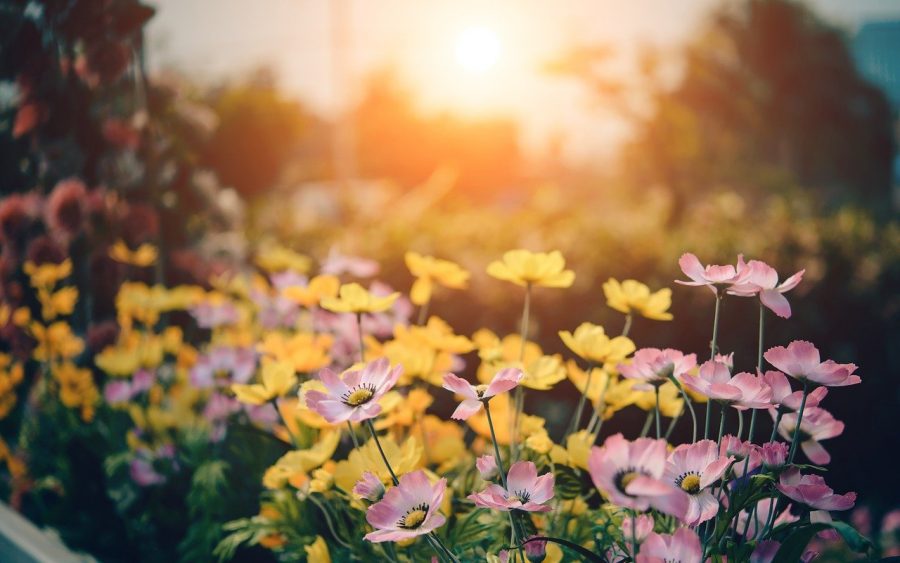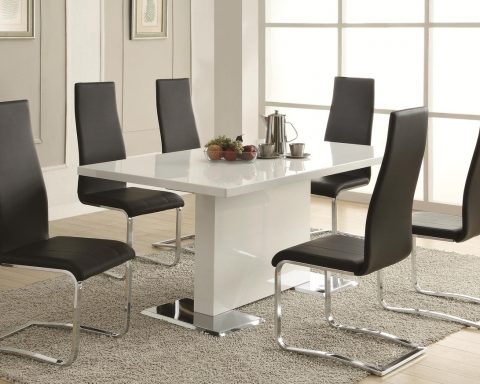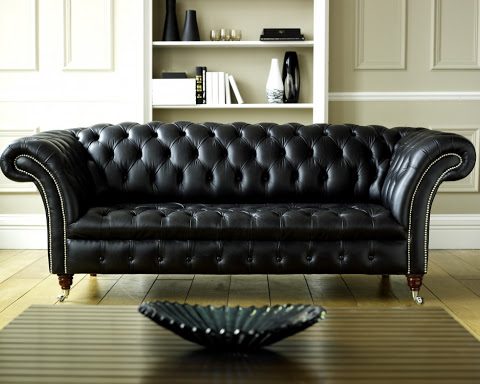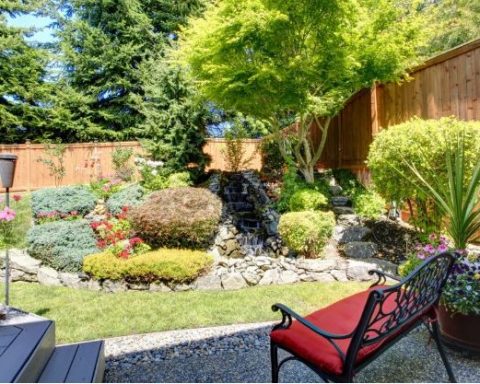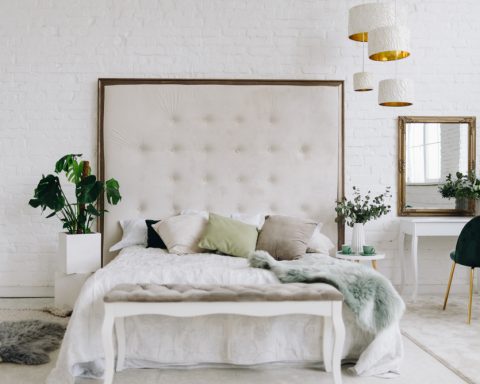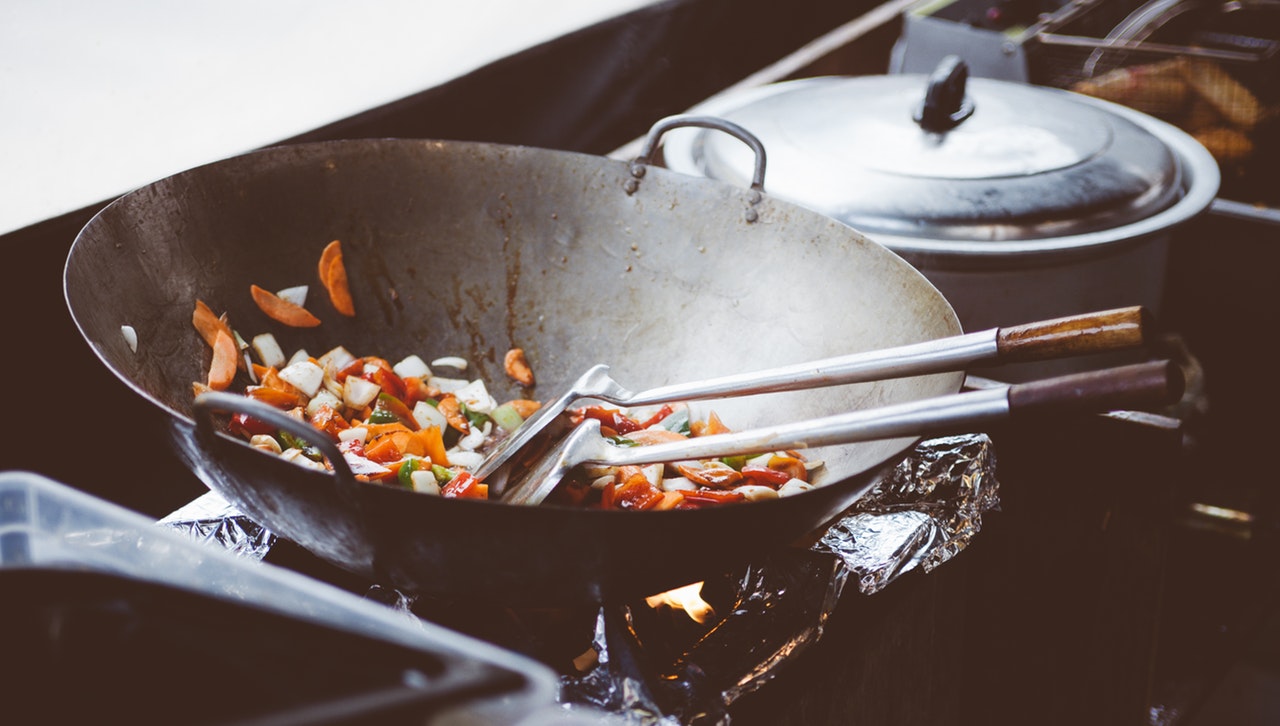Statistics say that between 10% and 30% of the population worldwide suffer from allergies, and around 10% have asthma. Luckily, with today’s knowledge in science, biology and medicine, after some research, you will realise that having a flower garden at home while suffering from allergies is not that difficult.
What are Allergy-free Gardens, and what causes Allergies?
There are many things that can cause an allergic reaction in a person, however, the most common reason is pollen. And if you have a garden filled with wind-pollinated plants, you’re cursed to go into a sneezing frenzy every time you get out of the house.
It takes only a few pollen grains to trigger a severe allergic reaction to some people with allergies. The immune system of an allergic individual generates antibodies that bind to the body’s defence cells, which then release anti-inflammatory substances. One of these substances is histamine, which stimulates the release of secretion and irritates the nerves.
The secret to allergy-friendly gardens is selecting female plants with low pollen. These allergy-friendly plants are a lovely addition to any garden with their large, bright-coloured flowers. These plants are all insect-pollinated, meaning they produce a lot less pollen which is too big to trigger allergies and are also insect-friendly. With their help, you will welcome many bees, butterflies and other pollinators, helping the environment and creating a gorgeous sustainable garden.
How to build the perfect Allergy-free Garden
To make your garden more allergy-friendly, you need to do the following:
- Remove high-pollen plants from your garden or keep them away from windows and doors.
- Plant female trees and shrubs that produce less pollen or none at all.
- Reduce your lawn area and keep it low while mowing it only in the afternoon when pollen levels are low.
- Weed flower beds frequently.
Tip!
No matter how much you try to avoid pollen, there will be times when it’s going to be everywhere around you. In those seasons, experts from Fantastic Gardeners Melbourne, recommend that you ask someone else to tend your garden, like a friend, family member or a professional.
Go for Native, Pollen-free Plants
Plants that are not used to the climate can stress easily and produce more pollen, so here are the ones you can use.
Begonia
Wax begonias are sun-loving plants that thrive best in part-shade areas, from 4 to 6 hours of sun per day. We recommend planting them in a flower bed or a basket in well-drained soil or potting mix. This will ensure proper drainage, which is vital if you want to enjoy healthy plants. Some stores sell special mixes for begonias.
Cactus
One of the things you need to keep in mind when taking care of a cactus is the type of soil it needs. Some are doing well in dry sandy soils, while others thrive in tropical rainforests, so conditions can really vary from species to species. We are including cacti in this list because they are easy to take care of, most times, don’t require a lot of water and will not cause allergies. But you will have to research the specific cactus before purchasing so that you can give it the best possible growing conditions.
Petunia
Similar to cacti, petunias come in all kinds of shapes and sizes. You have Grandiflora, Multiflora, Milliflora, and spreading petunias. They all require slightly different growing conditions mostly in the way of planting and location. Petunias equally thrive in containers, pots, window boxes and directly in the ground. They can live in partial shade but will bloom a lot more if planted under full sun. Keep the soil moist, especially in the summer. Some species you might have to water weekly. To ensure a continuous supply of flowers, feed them with liquid plant food.
Iris
Irises are one of the most elegant and colourful plants you can add to your pollen-free garden. They prefer fertile, neutral to slightly acidic soil and full sun. It is important to give them space to breathe as irises need good air circulation. Do not forget to prune them back to foliage in autumn to save them from pests.
Tulip
You need to plant tulips in autumn before the land freezes, and they will emerge from the ground in late winter. Tulips prefer well-drained, neutral, fertile, dry soil and like places with full or afternoon sun. Plant them a few inches apart, so there is enough space for the bulbs.
Azalea
Azaleas are acid lovers. You need to plant them in acid-rich soil with a pH range near 4.0 – 5.5. Also, make sure the soil is well-drained so that the roots get enough oxygen. You can place them in full or partial sun, but you need to know that azaleas will be more floriferous in full sun. Water them when the top layer of soil is dry and water them thoroughly.
Hibiscus
Hibiscus is a tropical plant, but there are cold-hardy varieties that you can include in your garden. You can plant it in garden beds or containers, with the latter being the more popular choice amongst people.
Hibiscus tend to thrive well in sandy loam soils and do not grow well in waterlogged conditions. You need to fertilise them frequently during the blooming season and water them with warm water. As to sunlight, hibiscus prefers to be in direct sunlight for as long and much as possible.
Hydrangea
The best time to plant hydrangea in your allergy-friendly garden is in early spring or autumn. An important planting tip is to place the hydrangea somewhere that is sunny in the morning and shady in the afternoon. These shrubs like moist organic soil but do not tolerate being overwatered. Water them once a week at a rate of 1 inch during the growing season. To prevent them from wilting during the hot summer days, water the hydrangea in the morning.
Magnolia
The best soil that magnolias thrive in is well-drained, fairly rich and neutral to slightly acidic. They should be in full sun or partial shade and watered regularly. Prune them only when necessary and try to keep the foot traffic around the base to a minimum.
Plum
Plum trees are a perfect addition to your pollen-free garden. They like sunny places and love to be planted during winter. Keep in mind that bare-rooted ones establish better. Plum trees like to be in well-drained fertile soil and pruned during the spring. Once the fruits are ripe and juicy, you can harvest them and enjoy the taste.
Plants to avoid
Many of the plants that you need to avoid are wind-pollinated ones and weeds. Keep them away from your windows and doors, or remove them for good. Do not forget that many male plants are the ones that tend to produce more pollen, especially when they are planted on a low level so that they can reach the female plants.
Some of the plants your garden need to say goodbye to are:
- Chrysanthemum
- Chamomile
- Sunflower
- Daisy
- Lavender
- Lilac
- June
- Orchard
- Oak
- Elm
- Cedar
- Pine
- Poison ivy
- Pigweed
- Sagebrush
Tips on how to spruce up your allergy-free Garden
Gardening should not only be planting and watering flowers and shrubs. It should be fun too. Here is what you can do:
- Invite more colour to your garden by painting your patio stones in different colours or put some decorated ones between the plants.
- Use different pots in various colours, shapes and sizes.
- Try vertical and spiral types of gardening using ladders, wood pallets, mason jars and more.
- Place outdoor lighting so you can enjoy your garden to the fullest, even in the evenings.
Conclusion
For sure, if your allergies are triggered by plant pollen it is causing you discomfort. But consulting with a doctor and following the above instructions should allow you to enjoy spending time in the garden without any irritations. Choose the suitable plants, free your imagination and create a heavenly allergy-free garden.

